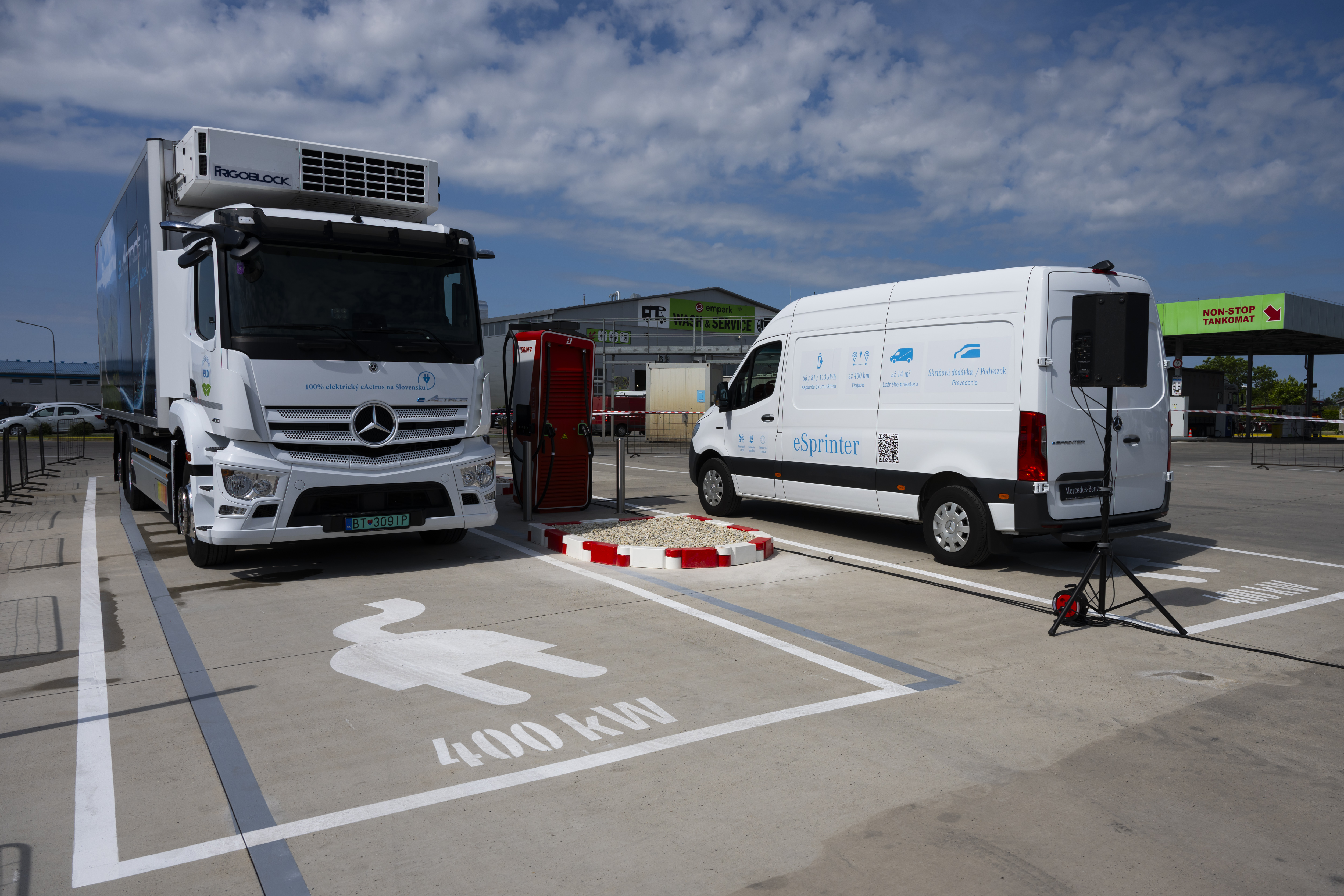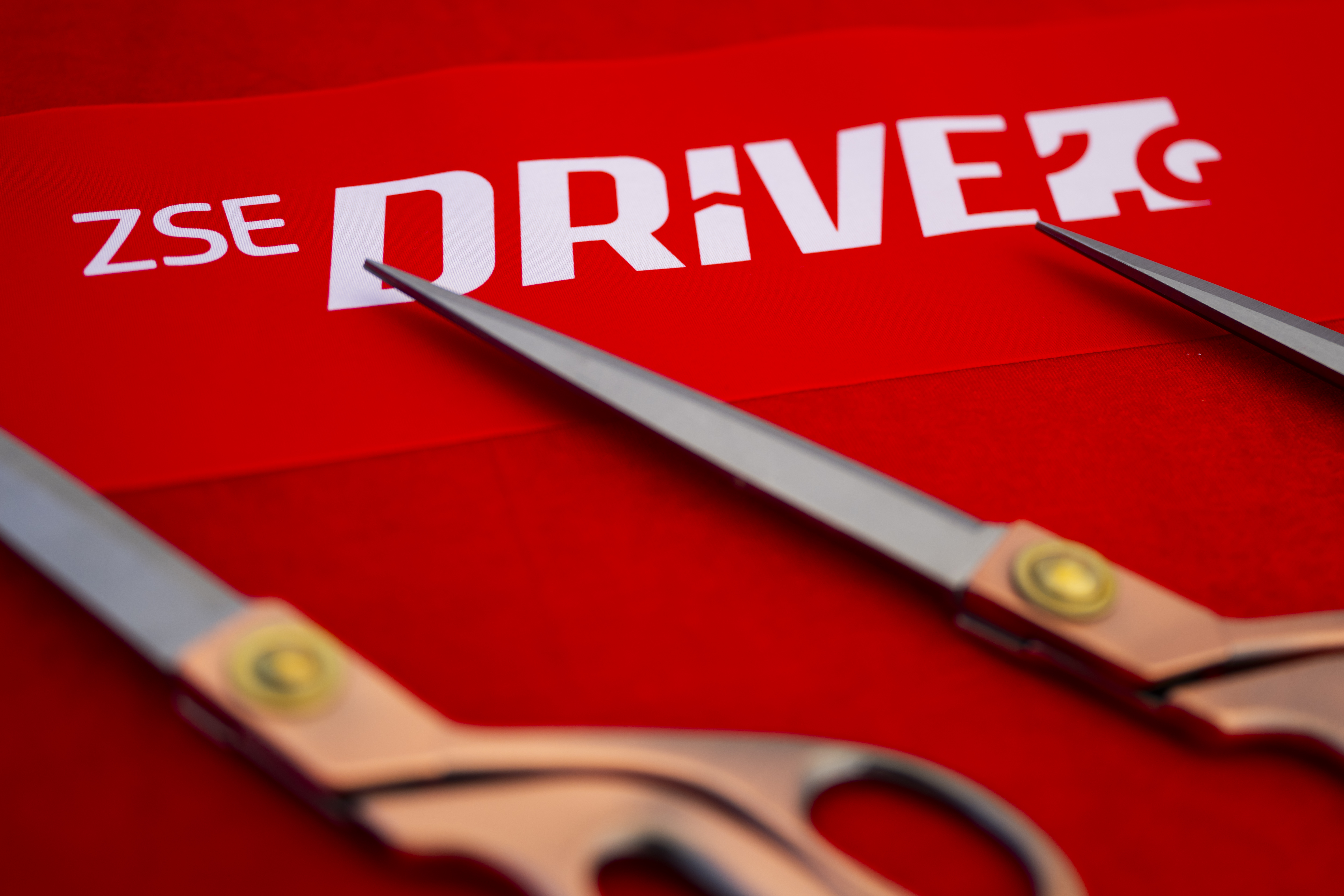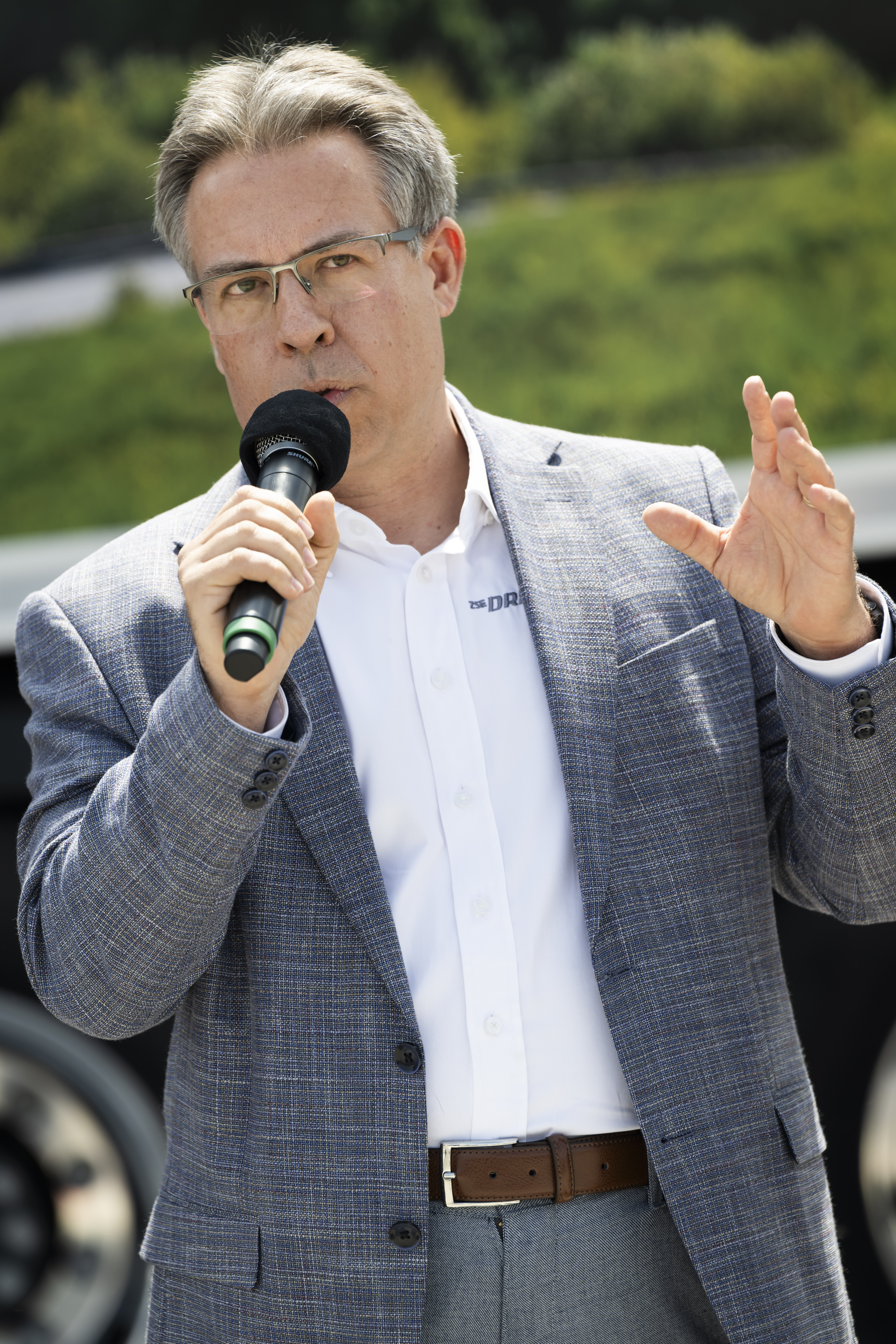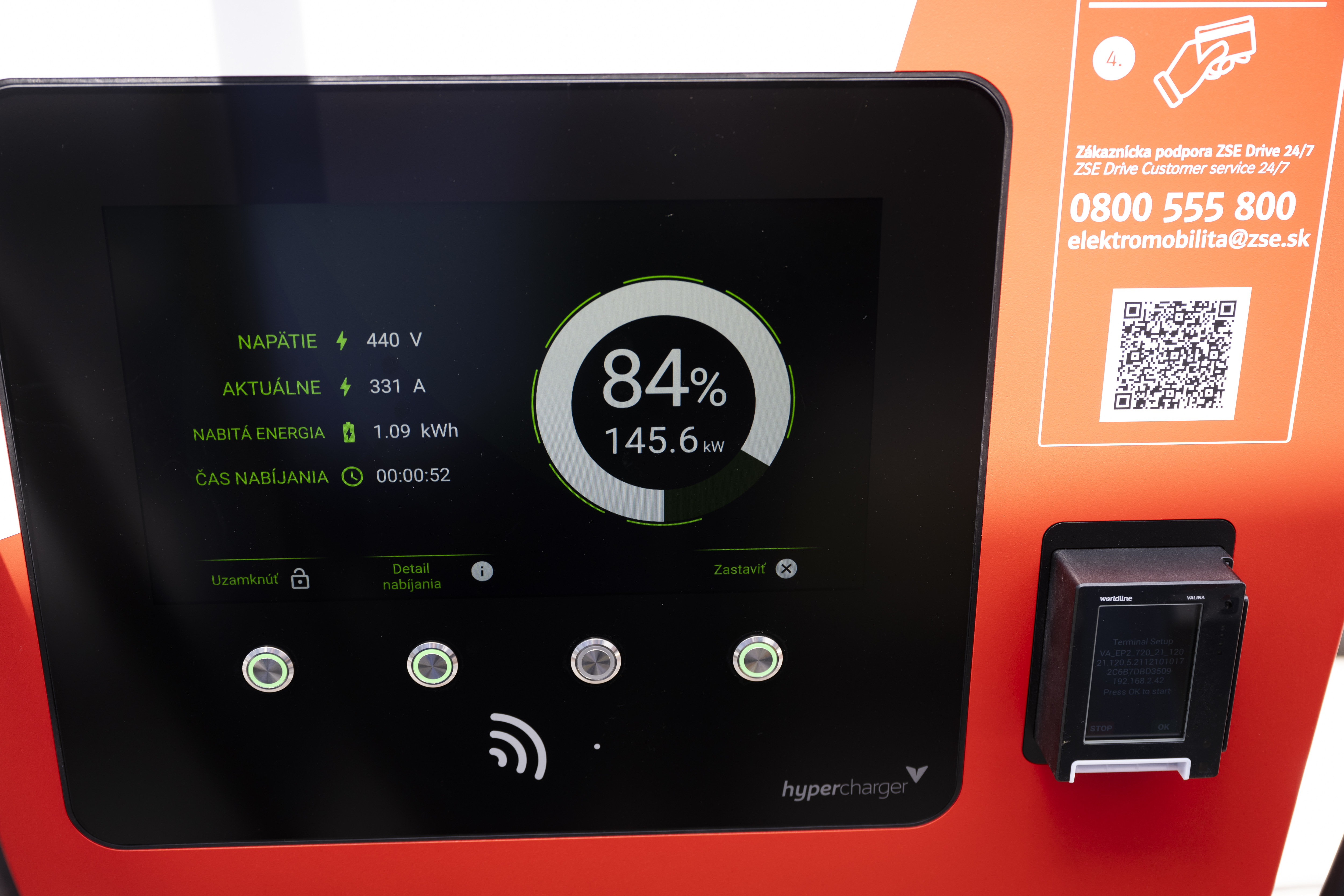Transport is one of the biggest contributors to greenhouse gas emissions, accounting for almost 25% of global CO emissions2. Road vehicles are responsible for almost 75% of CO emissions2 in the transport sector.
For this reason, a large part of the six million diesel trucks in Europe must be replaced by zero-emission vehicles as soon as possible. As can be seen according to world trends, electricity will primarily play a role in freight transport in the future, and accordingly several governments have set plans to transition to the electrification of the freight transport industry by 2050.

Electricity offers the highest efficiency in the use of energy to drive the vehicle and, as a result, lower operating costs. In comparison, they are roughly half compared to diesel and up to a quarter compared to synthetic fuels or hydrogen. Hydrogen must be produced using electricity and then cooled and compressed to fill a vehicle before it can be used again to generate electricity in a fuel cell. This whole chain contributes to high energy losses, at the end of which the efficiency of the hydrogen system is at the level of 30-35%.
One of the main arguments against electric trucks is the long charging time compared to filling up a hydrogen truck, which takes around 10 minutes. However, this is also a somewhat misleading figure, which does not say anything about the fact that the filling station needs to be re-pressurized after filling the vehicle. This is a process that can take more than an hour, during which fulfillment is not possible. Moreover, with the arrival of more powerful charging stations and the new MCS (Megawatt Charging System) charging standard, this time may drop to 45 minutes by 2025. Given that drivers on long journeys in Europe are required by law to take a 45-minute rest break after four and a half hours of driving, the battery can be charged during this break without the driver wasting time, charging slowly enough, so that it does not put a significant strain on the battery. Provided, of course, that the necessary infrastructure exists.

The construction of the charging infrastructure is taking place gradually, with the first in line being the electrification of “last mile delivery”, i.e. the delivery of goods within cities, respectively from the logistics warehouse to the customer. After the completion of local and then transit charging infrastructure, it will be time for long-distance and international truck transport.
One of the important players in building infrastructure is the company ZSE Drive. This is proven by the recent opening of the first public charging site for electric trucks in Trnava. It is located in the EMPARK area and offers, for the first time in Slovakia, a charging station with a maximum output of up to 400 kW.
ZSE Drive currently operates almost 500 public charging points and plans to build approximately 150 more ultra-fast charging points throughout Slovakia by the end of 2024. The company focuses on providing electricity from renewable sources, such as small hydropower plants, enabling 100% certified green charging of electric cars. The EMPARK complex in Trnava provides comprehensive services for truck drivers at the level of the most developed countries of Western Europe. In addition to a charging station for electric trucks, it offers a parking lot with a capacity of up to 150 trucks, a gas station, a car service, a washing line, as well as the only footbridge in Slovakia for removing ice from the roofs of semi-trailers. Drivers also have access to a spare parts store, verification, installation and service of tachographs, a restaurant with homemade food, Wi-Fi and the possibility of using a washing machine, dryer or personal bathroom with a shower.

As EMPARK manager Ing. Peter Hájik: “We are not indifferent to the future, and we are currently preparing the installation of photovoltaic panels on our premises so that we can use the green energy of our own production.”
The installation of photovoltaic panels is related to the further expansion of the premises as well as the construction of additional charging stations for trucks, which will largely be powered by renewable sources.

“The topic of electromobility is an important part of the process of the necessary energy transformation of the 21st century. We are working intensively on the development of the infrastructure for electric cars, because its availability is one of the most important tools for overcoming consumer prejudices resulting from concerns about the range of electric cars. Thanks to the cooperation with the EMPARK company, we laid the foundation stone for the development of a public charging network for truck transport in Slovakia,” says Juraj Krajcár, member of the board of ZSE.
Opening new charging stations for electric trucks is an important step towards the decarbonisation of transport in Slovakia and the creation of a sustainable future. The cooperation between ZSE Drive and EMPARK Trnava represents an important milestone in the development of electromobility and the infrastructure needed to support it.
Source: www.nextech.sk


